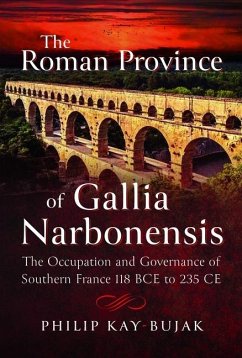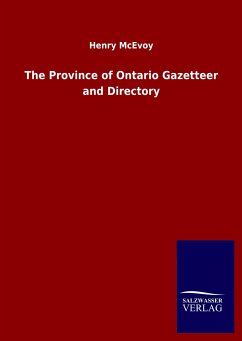According to Pliny (admittedly a native of the province), Gallia Narbonensis was 'by the cultivation of its soil, the manners and civilization of its inhabitants and the extent of its wealth, surpassed by no other province in the Empire'. Philip Kay-Bujak describes how this vital area came to be occupied and incorporated into Rome's domains and how it was then governed. Straddling important roads connecting Rome with Spain, northern Gaul and the Channel ports, the province grew into an agricultural and economic powerhouse. Containing some of the finest examples of Roman cities, such as Narbonne and Lyon, it was among the most sought after postings for Roman officials. However, this strategic positioning also made it the battlefield for numerous foreign invasions and civil wars, and we follow the region's fluctuating fortunes through several centuries of drama. Drawing on extensive research and many personal visits to the area, Philip Kay-Bujak brings us a fascinating story of this particular region. Moreover, it also serves as an excellent case study in the evolving methods, challenges and impacts of imperial governance across the Roman world. Part historical study, part travel guide, it explores the legacy the Roman Empire bequeathed to this beautiful region.
Hinweis: Dieser Artikel kann nur an eine deutsche Lieferadresse ausgeliefert werden.
Hinweis: Dieser Artikel kann nur an eine deutsche Lieferadresse ausgeliefert werden.








